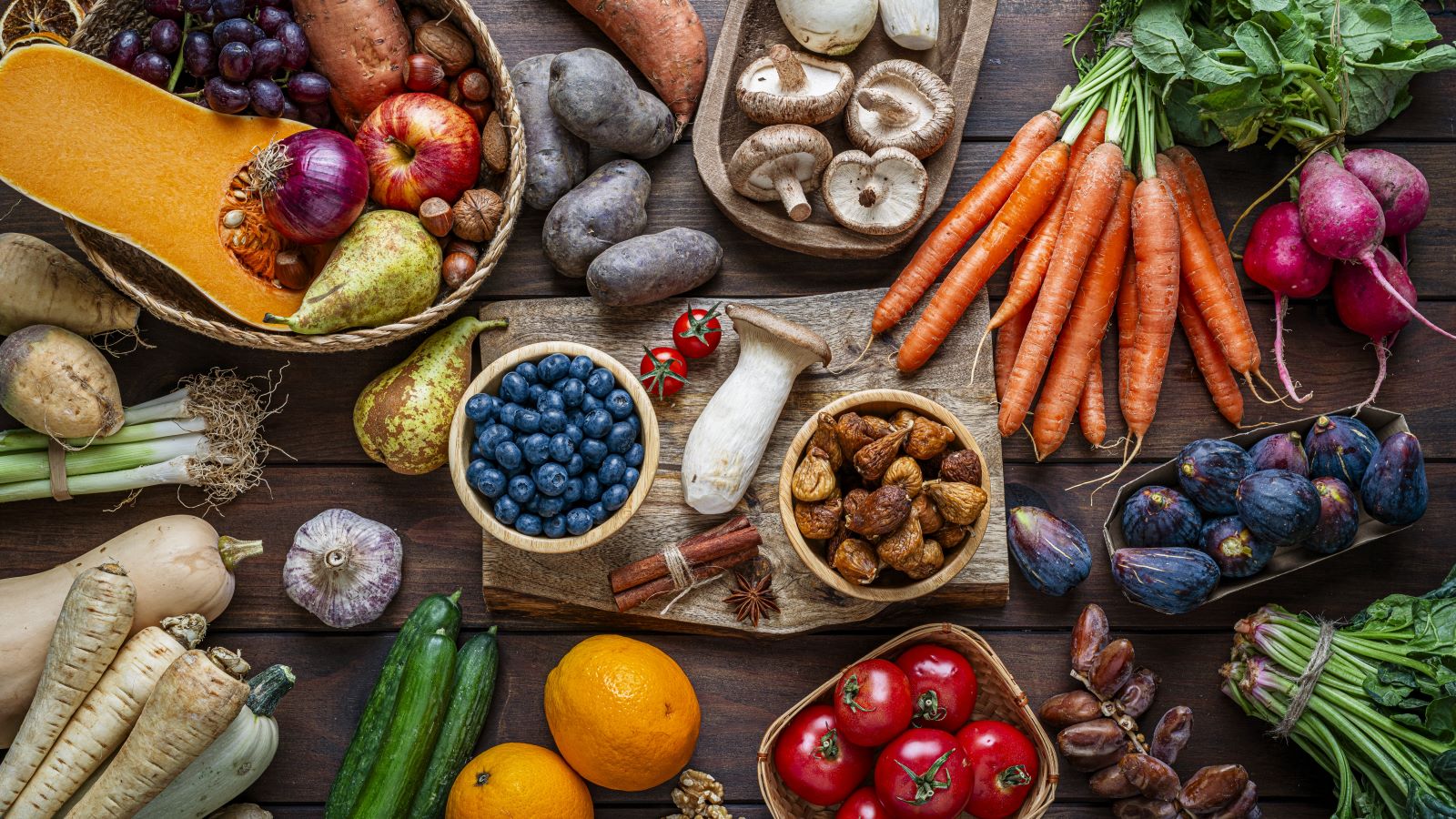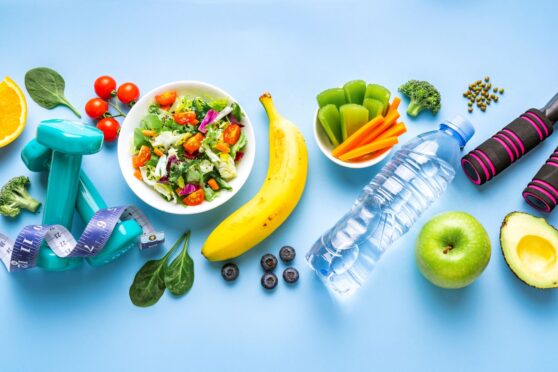Pumpkin spice isn’t the only thing that’s in season. The cooler months bring a bounty of fruits and vegetables that can add color, flavor and nutrients to your meals.
The trick is knowing how to bring them into your kitchen in ways that feel simple — and delicious.
Ulysses Wu, MD, with Hartford HealthCare shares six of the healthiest fall produce plus easy ways to add them to your plate.
Virtual care - when and where you need it
Download the app1. Apples
They’re classic, crisp and seemingly everywhere this time of year. Apples are one of the easiest – and cheapest – seasonal foods you can get.
“Apples are rich in fiber and antioxidants, which can help support heart health and digestion,” says Dr. Wu. “And because they’re naturally sweet, they make a great substitute for less healthy snacks or desserts.”
Slice them into salads, roast them alongside chicken, grill them, or bake them with cinnamon for a simple, healthy treat.
> Related: The 8 Best Fruits for Your Health
2. Squash
From butternut to acorn, squash is the definition of fall comfort food — and a staple of fall produce..
“Winter squash varieties are packed with vitamins A and C, plus fiber,” says Dr. Wu. “And they’re filling, so you won’t be tempted to overeat.”
Try roasting cubes with olive oil, pureeing into soups or stuffing acorn squash with quinoa and vegetables for a complete meal. Or, use spaghetti squash for a delicious alternative to pasta.
> Related: Here’s Why You Should Add More Squash to Your Diet
3. Brussels sprouts
Few vegetables capture the taste of fall quite like roasted Brussels sprouts — warm, caramelized, and full of flavor.
“When roasted, Brussels sprouts caramelize beautifully, which brings out their natural sweetness,” Dr. Wu says. “They’re also high in vitamin K, which is important for bone health.”
Pair them with a drizzle of balsamic glaze, use them as a substitute for cabbage in coleslaw or toss them with cranberries and walnuts for a seasonal side dish.
> Related: The 8 Best Vegetables for Your Health
4. Sweet potatoes
These root vegetables are as versatile as they are nutritious.
“Sweet potatoes provide complex carbs, fiber and beta-carotene, which your body turns into vitamin A,” says Dr. Wu. “They’re a great alternative to regular potatoes when you want something a little more nutrient-packed.”
Bake, mash, roast or even cube them into breakfast hash — you can’t go wrong.
Want a Weekly Dose of Health News?
Sign up for newsletters5. Pears
With everyone busy picking apples, it can be easy to forget about pears this season. But they’re worth adding to your shopping cart.
“Pears are a great source of fiber and vitamin C, and they have a soft, juicy texture that makes them easy to enjoy raw,” says Dr. Wu.
Slice them over oatmeal, grill and toss them into green salads or roast them for an elegant dessert.
> Related: 6 Reasons to Eat More Pears
6. Pumpkins
Pumpkins aren’t just for carving – fresh pumpkin is a nutritional powerhouse.
“Pumpkin is low in calories but rich in antioxidants and fiber,” says Dr. Wu. “Using real pumpkin instead of processed pumpkin flavoring can add nutrition while keeping meals seasonal.”
Add pumpkin to smoothies, stir it into chili or bake with pumpkin puree for a little extra flavor.
> Related: 5 Reasons to Eat More Pumpkin
The real benefit of fall produce
Fall produce isn’t just about flavor — it’s about nutrition, too.
“Eating with the seasons is one of the simplest ways to add variety and nutrients to your diet,” says Dr. Wu. “It’s affordable, it tastes better, and it gives your body what it needs at the right time of year.”


